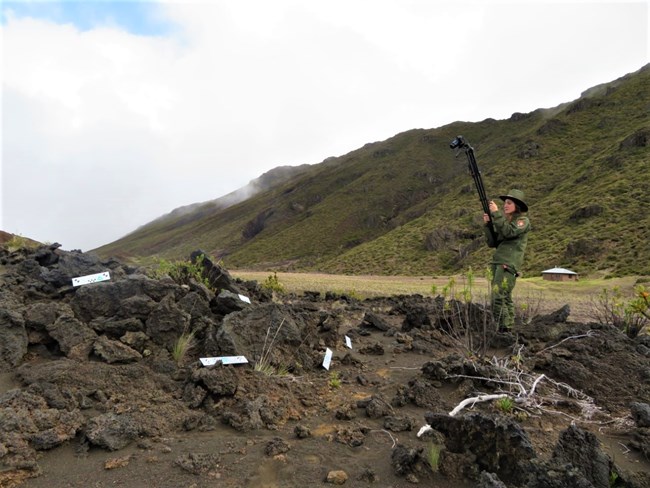
NPS Photo Even if it doesn’t appear so, Haleakalā is a fragile landscape. It is home to a variety of plant and animal species found nowhere else in the world. Haleakalā is also home to a large number of significant cultural sites.
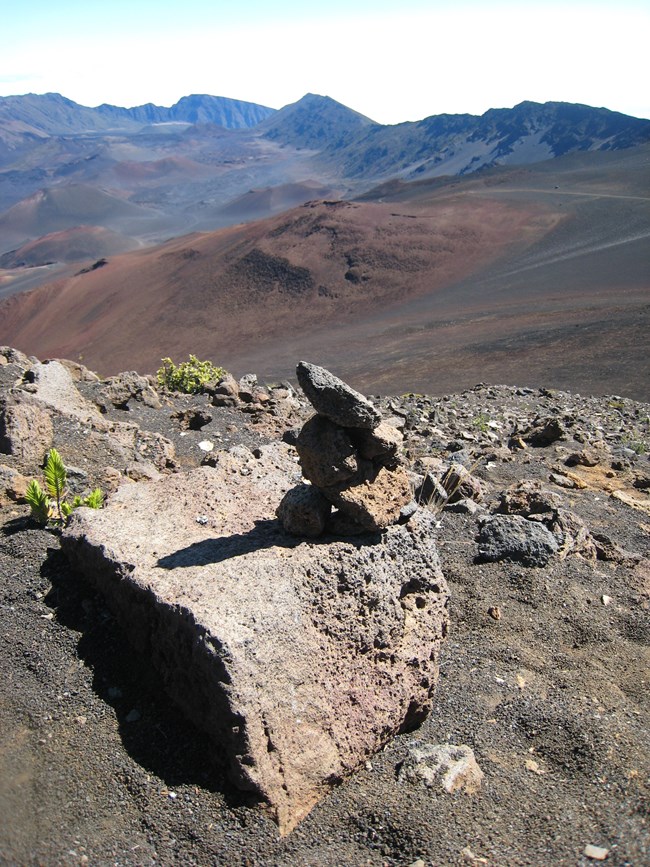
NPS Photo Preserving cultural resources and archeological sites: Many of the areas that visitors accidentally disturb contain archeological resources. Collecting artifacts or disturbing archeological materials in general, limits our ability to learn more about the past. If you find an artifact or other archeological materials, leave it in place and report the discovery to park staff or contact the Park Archeologist at ph# (808) 572-4424. Federal law prohibits the excavation, removal, damage, alteration or defacement of an archeological resource in Haleakalā National Park, without a valid permit. The Archeological Resources Protection Act (ARPA) of 1979 was enacted to secure for the present and future benefits of the American people, the protection of archeological resources on public and Indian lands. Prohibited activities can result in large fines and jail time for violators.

NPS Photo/Creek Protecting these resources is one part of an archeologist's work. Archeology reminds us that all elements of a place: natural and cultural, tangible and intangible are woven together. You cannot have Hawaiʻi without its history, language, protocols, plants, animals, and architectural features. Archeologists use many types of data and collaborate in many ways to more holistically understand the past: Archeological work is often supplemented with oral history: Haleakalā National Park is fortunate because hundreds of moʻolelo (stories), oli (chants), hula (dances), and mele (songs) about the areas of East Maui and Haleakalā mauna exist. Haleakalā National Park has begun its own series of oral histories to ensure that the knowledge of local kūpuna and long-time staff is never forgetten. The namesake of Haleakalā comes from one such famous moʻolelo about the demigod, Māui. Archeologists utilize written documents and archival material: Hawaiian scholars such as Samaul Kamakau and David Malo recorded many stories in writing and Hawaiian nupepa (newspapers) from the 1840s-early 1900s and their work provides great insight into daily life across Maui before and during that time of transition. Documents of land deeds from the Mahele housed in the State archives give further oral history accounts of who lived in these lands and how lands were cultivated several generations back. Plants and animals can give archeologists information about the uses and importance of specific areas: In areas of habitation, such as Kīpahulu, hala trees and ti, both "canoe plants" brought over by the Polynesian settlers in Hawaiʻi, are important indicators of settlements. In the high altitudes of the valley, the presence of forest birds may indicate that a particular site was used by bird catchers. 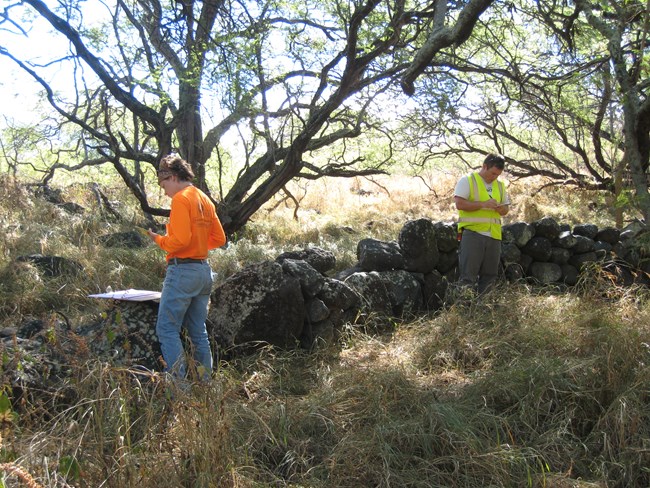
NPS Photo All of this protection, research, and caretaking is done by a wide-range of people at Haleakalā National Park. We thank you, our visitor, for joining us in our mission to mālama (care for) these sites, and by extension the rich and important Hawaiian culture of which they are a part. It is easy to kōkua (help) the park and the Hawaiian community in this goal by staying on trail and practicing Leave No Trace principles. Remember: never carve into rocks or create rock stacks. Please do not touch archeological sites or take rocks or other resources from the Park. Pack out all you bring into the Park, and hele mālie—walk softly as you go. 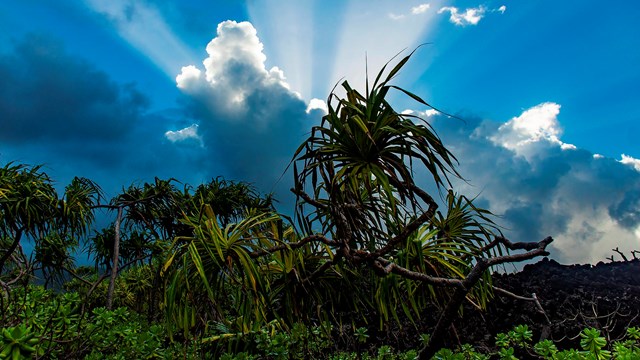
Kīpahulu Moku
Learn about the history of the Kīpahulu moku. 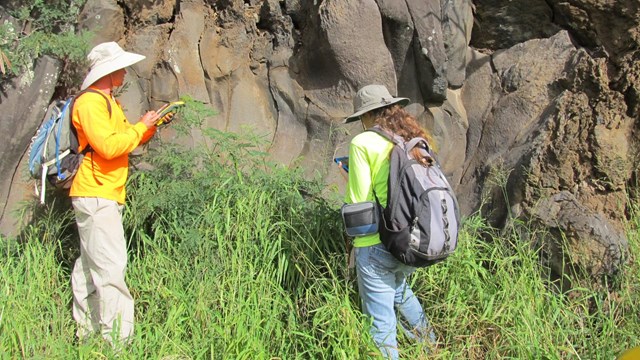
Preservation of Nuʻu
Dive into the amazing history of Nu'u parcel. 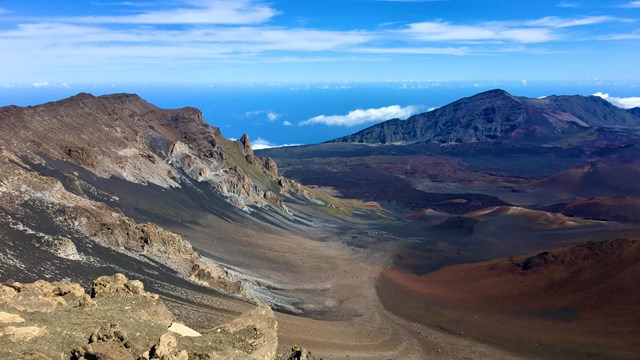
Summit Area
Explore archeological resources of the summit area. |
Last updated: November 30, 2022
